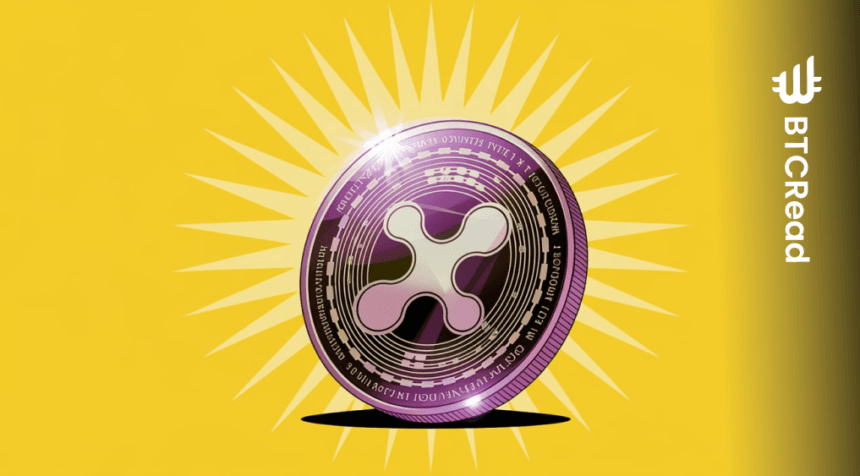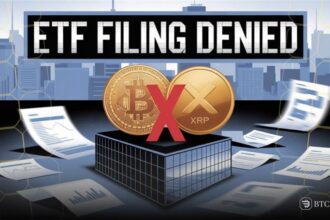Crypto researcher Jake Claver shared insights on X about Autobridging on the XRP Ledger (XRPL). This capability provides automated currency swaps, using XRP as a bridge to guarantee the best possible rate. While trading between any number of currencies, the XRPL determines the most efficient path, saving time and increasing value.
Now, consider the conversion of the Turkish Lira to Mexican Pesos. Alternatively, the user may convert to USD and then into Pesos at a better rate. XRPL does this automatically. In no time, it checks for the best route there, using XRP where necessary. For example, GBP to EUR is at 1.15, but with XRP, it is 1.20. What’s the difference? A better deal, without any extra effort.
XRPL finds not only the best rate but also provides smooth transactions. If liquidity is low, it adjusts through “capping” so that the inputs and outputs perfectly balance. Suppose one wants to swap USD for XRP and then XRP for EUR; XRPL caps the amount of XRP being traded to match the required output for seamless transactions.
Another example could be when Jane wants to exchange 10,000 JPY for KRW, and the liquidity is poor. XRPL enables execution via Autobridging, which is partly direct, with the rest being done via XRP. The result is far more efficient.
XRPL streamlines stablecoin transactions
Autobridging makes the function of XRP in global finance much stronger. XRP can act like a universal bridge to decrease fragmentation and increase liquidity. Without it, for example, 20 tokens would need 190 trading pairs, while with Autobridging, it takes up to 20 XRP pairs only. This efficiency makes it much easier to swap stablecoins against each other when the direct markets are thin.
For example, Autobridging enables the easy swap of USD-backed stablecoins for EUR-backed ones when a direct market doesn’t exist between them. In this case, the XRPL simply ensures the trade is executed with XRP as a bridge.
As in another application, AMMs would use Autobridging in order to find the most profitable trade routes to give way to deeper, price-stable markets, therefore making the network generally efficient.
Ripple’s greater mission is to change cross-border payments and support tokenized assets. XRP will have to act as a bridge currency, cutting costs and accelerating transactions.
This will be very important in the future when Ripple will be working with various banks to replace outdated systems like SWIFT. Autobridging is going to play an important role in increasing the XRPL ecosystem, supporting DeFi scaling, and improving liquidity.







